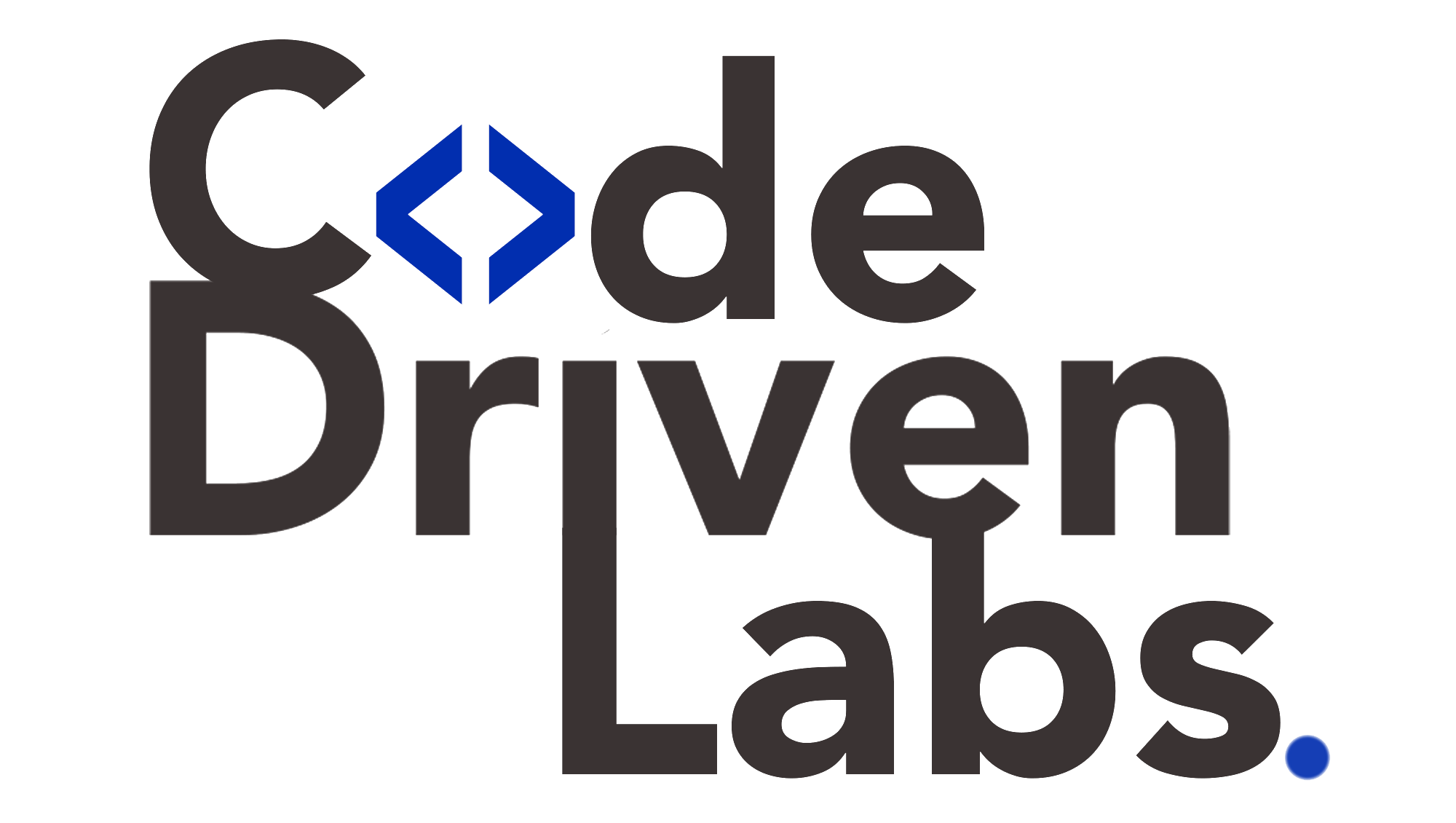Level up your business with US.
- Home
- From Bugs to Brilliance: Testing Techniques to Keep Your Mobile, Web, and Al Apps on Point
From Bugs to Brilliance: Testing Techniques to Keep Your Mobile, Web, and Al Apps on Point
June 27, 2025 - Blog
From Bugs to Brilliance: Testing Techniques to Keep Your Mobile, Web, and Al Apps on Point
In today’s fast-paced digital world, releasing a buggy app isn’t just a technical hiccup — it’s a risk to your brand reputation, user retention, and bottom line. Whether you’re building a mobile banking app, a sophisticated AI chatbot, or a responsive web platform, testing is the bridge between an idea and a reliable, polished product. But effective testing isn’t about running a few automated scripts at the end of development; it’s a holistic strategy that combines the right techniques, tools, and expertise at every stage.
In this blog, we’ll unpack essential testing techniques for mobile, web, and AI-driven applications, highlight common pitfalls, and show how Code Driven Labs helps businesses transform their products from buggy prototypes to brilliant releases.

1. Mobile App Testing: Navigating Complexity on Small Screens
Challenges:
Mobile apps need to work seamlessly across countless devices, OS versions, and screen sizes. Poorly tested mobile apps often suffer from crashes, UI glitches, and inconsistent behavior across devices.
Essential Techniques:
-
Device Fragmentation Testing: Use device farms (AWS Device Farm, BrowserStack) to test on real devices, not just emulators.
-
UI & UX Testing: Validate gestures, animations, and responsiveness across resolutions.
-
Interrupt Testing: Simulate real-world interruptions like incoming calls, notifications, or network drops.
-
Battery & Resource Usage Testing: Identify excessive CPU, memory, or battery consumption early.
-
Network Condition Simulation: Test app behavior on 2G/3G/4G/5G, low bandwidth, and packet loss scenarios.
Code Driven Labs’ Approach:
Code Driven Labs uses a combination of automated frameworks like Appium and Espresso, paired with manual exploratory testing on diverse devices. Their QA experts develop custom test suites covering all usage scenarios and integrate crash analytics to catch issues in real time after launch.
2. Web App Testing: Ensuring Reliability Across Browsers and Devices
Challenges:
Users access web apps on everything from outdated laptops to the latest smartphones, across browsers like Chrome, Firefox, Safari, and Edge. Compatibility bugs can quickly frustrate users and erode trust.
Essential Techniques:
-
Cross-Browser Testing: Validate the web app on different browsers and versions.
-
Responsive Design Testing: Ensure consistent layouts on desktops, tablets, and mobile devices.
-
Accessibility Testing: Verify compliance with WCAG standards so your app is usable by people with disabilities.
-
Performance Testing: Assess page load speed, time to first byte, and interactions under stress.
-
Security Testing: Scan for common vulnerabilities like XSS, CSRF, or insecure cookies.
Code Driven Labs’ Approach:
Their QA engineers combine Selenium, Cypress, and cloud-based testing grids to automate comprehensive web testing. They conduct performance audits with Lighthouse and OWASP-based security testing, delivering a web app that’s fast, secure, and user-friendly across devices.
3. AI Application Testing: Moving Beyond Traditional QA
Challenges:
AI-powered apps — whether chatbots, recommendation engines, or computer vision systems — don’t follow static logic. They make probabilistic decisions, introducing unique challenges in testing accuracy, fairness, and reliability.
Essential Techniques:
-
Model Validation: Test AI outputs on diverse datasets to measure accuracy, precision, recall, and F1 scores.
-
Bias & Fairness Testing: Identify and mitigate unintended biases in predictions, especially for applications involving hiring, lending, or healthcare.
-
Performance & Latency Testing: Evaluate how quickly models respond under load, ensuring they meet user expectations.
-
Adversarial Testing: Challenge AI models with unexpected or edge-case inputs to probe robustness.
-
Continuous Learning Testing: When AI models retrain on new data, validate that performance improves without introducing regressions.
Code Driven Labs’ Approach:
Code Driven Labs builds specialized AI QA pipelines that:
-
Automatically benchmark model performance on new datasets
-
Perform synthetic data testing to cover rare scenarios
-
Integrate explainability tools (e.g., SHAP, LIME) to validate AI decision-making
Their approach ensures AI products behave predictably, fairly, and responsibly.
4. The Power of Automated vs. Manual Testing
Automated Testing:
Automated tests are indispensable for speed, consistency, and regression coverage. They’re best suited for:
-
Unit tests verifying small code modules
-
API tests ensuring reliable back-end responses
-
Repetitive functional tests across browsers or devices
Manual Testing:
Despite automation, human insight is crucial for:
-
Exploratory testing to uncover unexpected bugs
-
User experience (UX) evaluations
-
Testing visual or interactive features that don’t fit scripted scenarios
Code Driven Labs’ Balanced Strategy:
They use automation for fast feedback cycles and manual testing for critical paths, creating a balanced, cost-effective QA strategy that adapts as projects evolve.
5. Performance Testing: More Than Just Speed
For mobile, web, and AI apps alike, performance issues can drive users away faster than functional bugs. Testing performance includes:
-
Load Testing: Measure how many simultaneous users the app can handle.
-
Stress Testing: Push the app beyond expected limits to see how it fails.
-
Spike Testing: Assess response to sudden surges in traffic.
-
Endurance Testing: Evaluate stability during prolonged high usage.
Code Driven Labs’ Approach:
Using tools like JMeter, Gatling, and k6, they simulate realistic traffic patterns, generate actionable performance reports, and fine-tune apps for stability even under heavy load.
6. Security Testing: Protecting Data and Reputation
Security flaws can be catastrophic, leading to data breaches, regulatory fines, and lost customer trust. Essential security tests include:
-
Static Analysis: Scan source code for vulnerabilities.
-
Dynamic Analysis: Evaluate app behavior while running.
-
Dependency Scanning: Check for known vulnerabilities in libraries.
-
Penetration Testing: Simulate attacks to discover weaknesses.
Code Driven Labs’ Approach:
They incorporate security testing directly into CI/CD pipelines, provide vulnerability reports, and help implement remediations before deployment.

7. CI/CD Integration: Bringing Testing into DevOps
Integrating testing into continuous integration/continuous deployment (CI/CD) pipelines ensures issues are caught early and deployments remain stable. Key elements include:
-
Automated test execution on every commit
-
Fail-fast strategies to stop flawed builds
-
Automated reports and dashboards
-
Environment provisioning for realistic test scenarios
Code Driven Labs’ Approach:
They build CI/CD pipelines with Jenkins, GitLab, or GitHub Actions, embedding automated test stages that align with each project’s needs.
8. Continuous Monitoring: Testing Beyond Release
Testing doesn’t end after launch. Continuous monitoring helps detect issues in production before they affect users, through:
-
Real-time crash analytics
-
User session recording
-
Application performance monitoring (APM)
-
Synthetic monitoring with scripted transactions
Code Driven Labs’ Approach:
They deploy monitoring tools like Sentry, New Relic, and Datadog, set up alerts, and provide dashboards to keep development teams informed of real-world performance and user experience.
Conclusion: Partnering with Code Driven Labs for Bug-Free Brilliance
Effective testing transforms software from a buggy liability to a reliable, delightful product. But comprehensive testing across mobile, web, and AI apps requires deep technical expertise, the right tools, and an adaptive strategy.
Code Driven Labs brings all three to the table, offering:
-
Full-stack QA services tailored to your application
-
Expertise across automation, manual, performance, security, and AI testing
-
CI/CD integration and post-launch monitoring for continuous improvement
Whether you’re a startup looking to launch your first app or an enterprise scaling digital services, Code Driven Labs ensures your applications reach users polished, performant, and production-ready.
